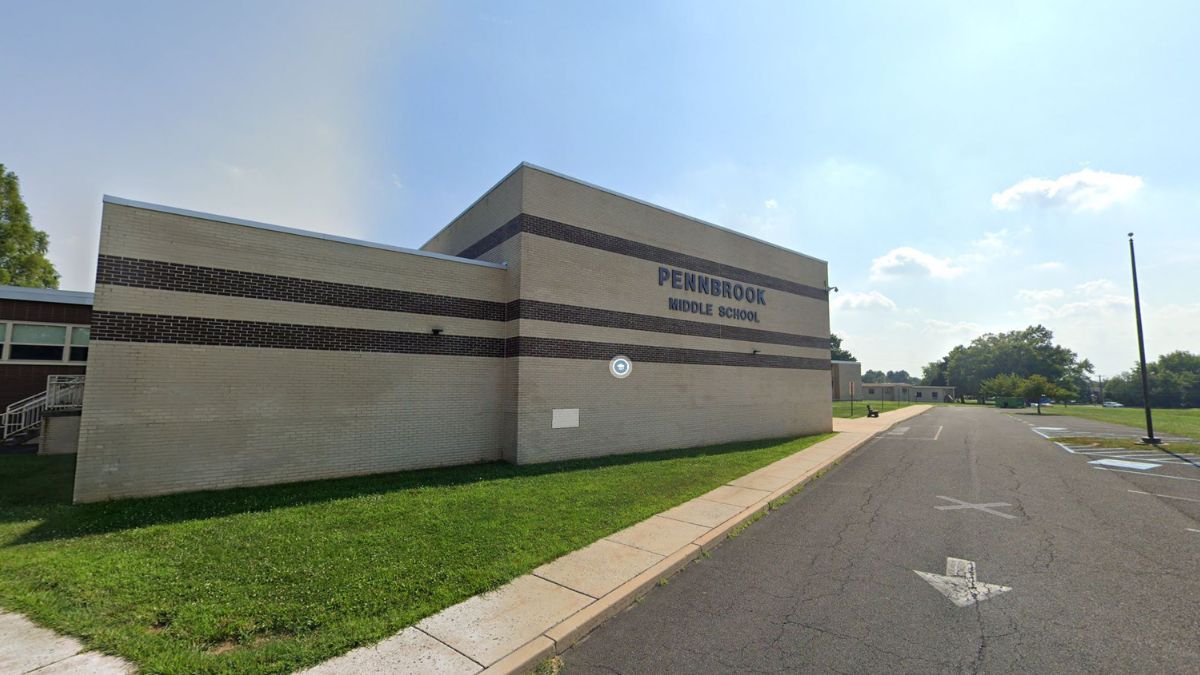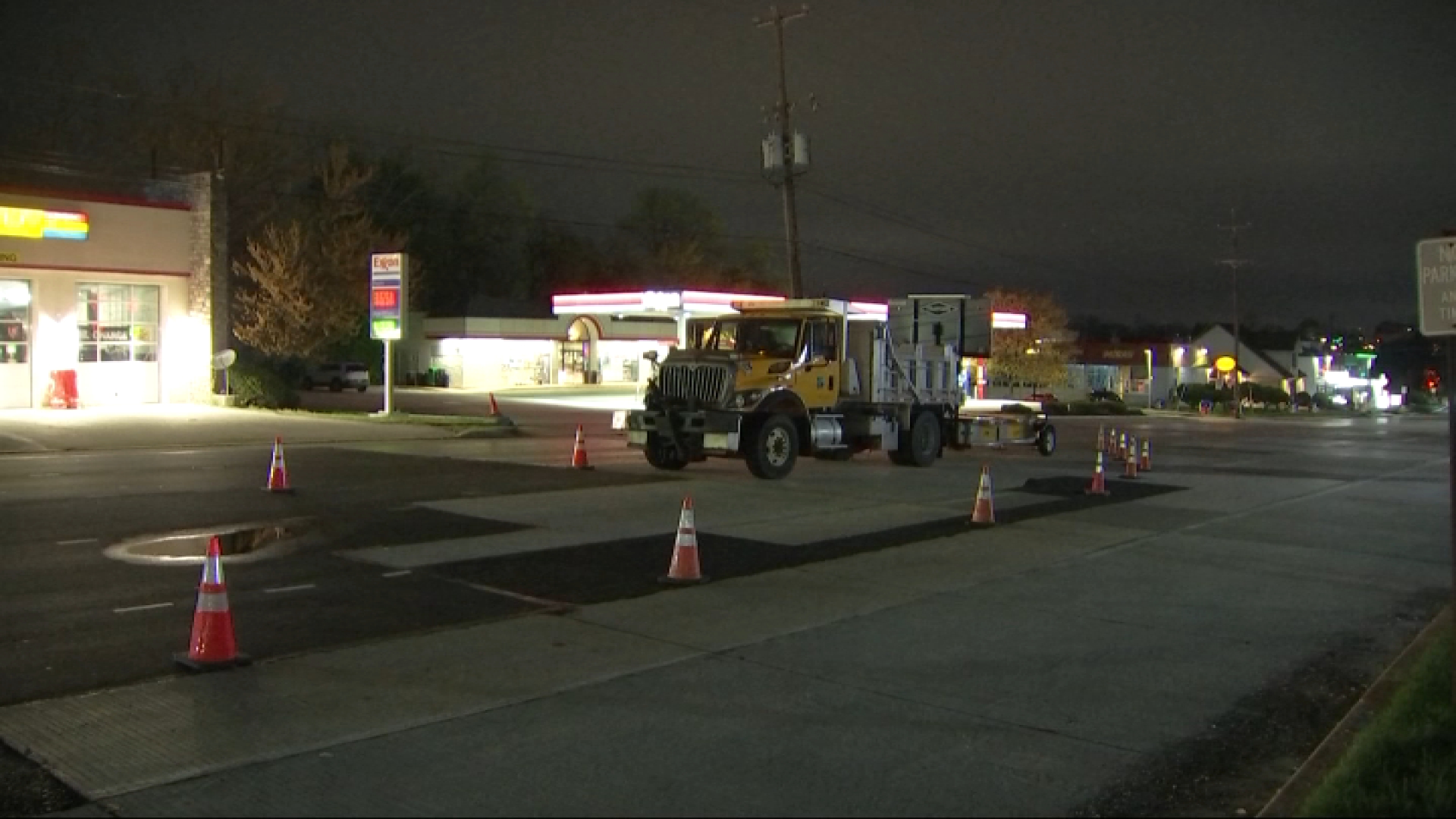In front of the judge and jury sat lawyers four tables deep, representing 19 plaintiffs and six defendants Monday on day one of the long-coming civil case for the 2013 Market Street collapse that killed six and injured 13 more.
Behind them sat survivors of the Salvation Army store crushed three summers ago by a four-story wall of brick and concrete, along with the families of those killed.
And off to one side of the courtroom's gallery, in a spot where he couldn't see the large video screen that plaintiffs' attorneys used to show taped depositions and photos of the tragedy, was Plato Marinakos.
The Philadelphia architect was the lone named defendant to appear in person, though a couple executives of the Salvation Army, which is also a defendant, were in attendance too. Marinakos held a somber look throughout the first day, his expression unmoved even as attorney Robert Mongeluzzi delivered a stinging two-hour appraisal of what led to the catastrophe. He argued that the demolition of 2136-38 Market St. was doomed from the moment the building owner put people in charge who were inexperienced and unqualified.
Marinakos served contractually as owner Richard Basciano’s representative for the demolition of the four-story “Hoagie City” building next to the Salvation Army. He reported directly to Thomas Simmonds, who was described as Basciano's "right-hand man" and project manager. They in turn hired contractor Griffin Campbell. All three, Mongeluzzi claimed, had no business taking down the long-vacant and dangerous structure.
“The evidence in this case will show you this was the blind leading the blind leading the blind,” Mongeluzzi told the jury.
The defendants are Basciano and his company STB, Marinakos, Campbell, excavator operator Sean Benschop, and the Salvation Army.
Local
Breaking news and the stories that matter to your neighborhood.
In addition to the claims against Basciano and those he hired for the demo, Mongeluzzi and two more plaintiffs' attorneys, Steve Wigrizer and Andrew Stern, argued that the Salvation Army failed to adequately warn and protect its workers and customers of dangers that loomed next door to its store at 22nd and Market streets.
Wigrizer claimed Simmonds and an attorney for Basciano sent numerous emails to Salvation Army "upper command" about the progress of the demolition and some potential problems that should have raised red flags among the Salvation Army officials.
"They received clear warnings. They were told about the risk of collapse," Wigrizer said. "And they dismissed them."
He said experts will testify during the trial for the plaintiffs that the Salvation Army's upper management failed in their most important task: protecting their workers and the public.
"You're going to hear from our experts that the only reasonable outcome would have been to close the store," Wigrizer said.
Opening arguments are not to be used as evidence when the 12-person jury begins deliberations, Common Pleas Judge M. Teresa Sarmina said on two separate occasions.
Basciano, a 91-year-old New York City native who made his fortune in Times Square real estate decades ago, unsurprisingly did not appear. He rarely gives interviews or has appeared in public. His presence was felt at times, however, when the plaintiffs' attorneys used portions of the deposition he gave in December.
Campbell and Benschop are currently serving prison terms for involuntary manslaughter and reckless endangerment. They were the only two criminally charged.
Prior to the first lunch break in what is expected to be a multi-month trial, the attorney representing STB, Peter Greiner, asked Sarmina for a mistrial. Greiner argued that the use of the phrase “buried under the rubble” by some of the plaintiffs’ attorneys may have poisoned the jurors’ minds before the presentation of any evidence had commenced.
The judge denied Greiner’s motion. Later, during the last break of the day, the gaggle of jurists argued for 15 minutes about whether Common Pleas Judge M. Teresa Sarmina should make public the trial's list of witnesses. She ruled that the list could be given to the press.



